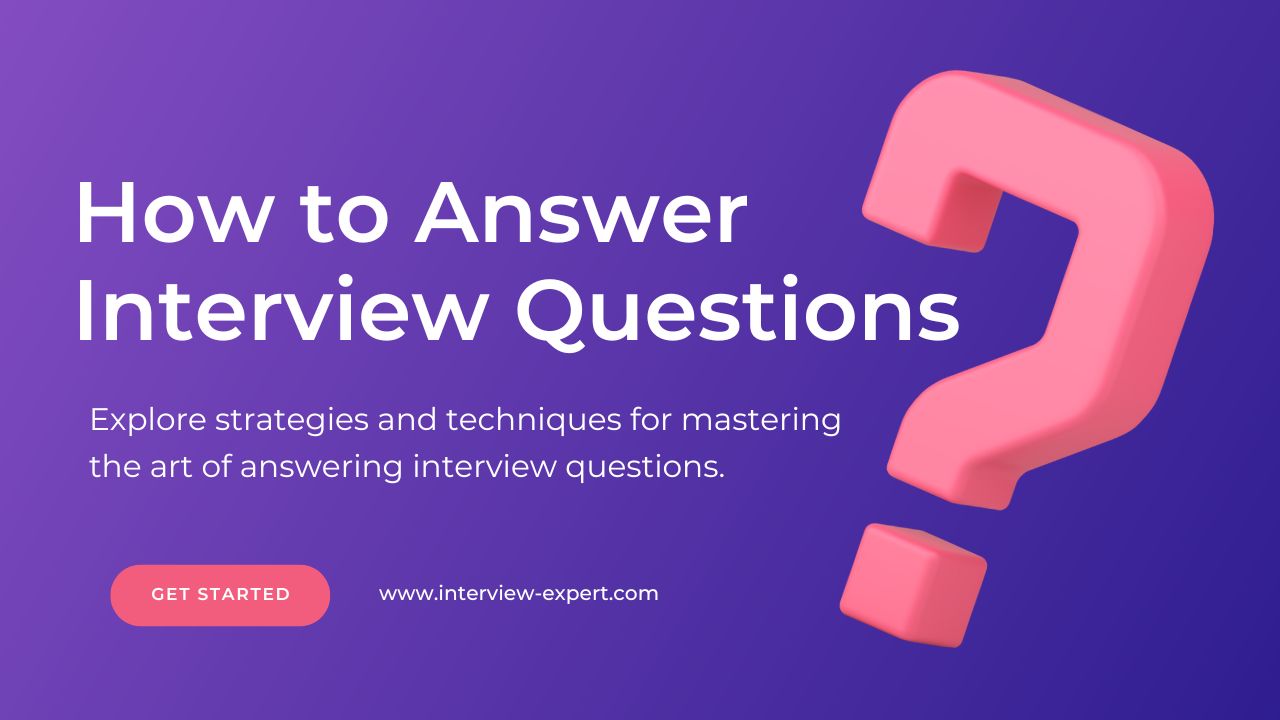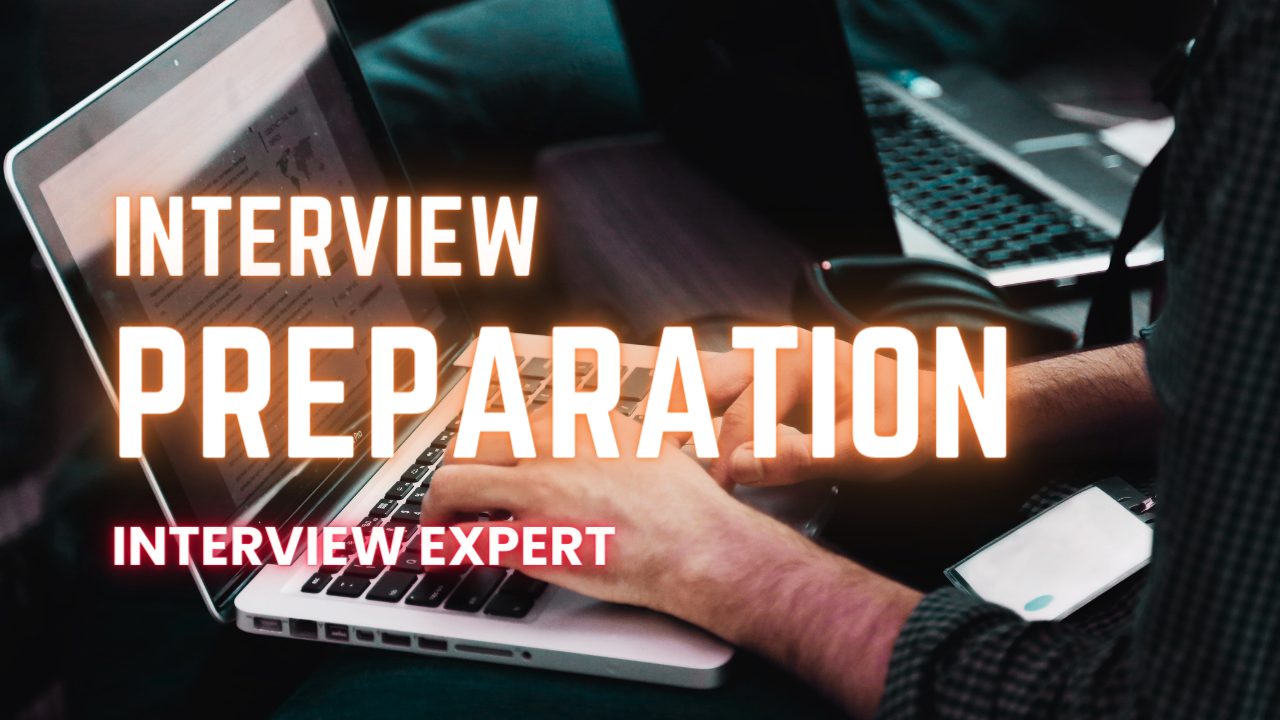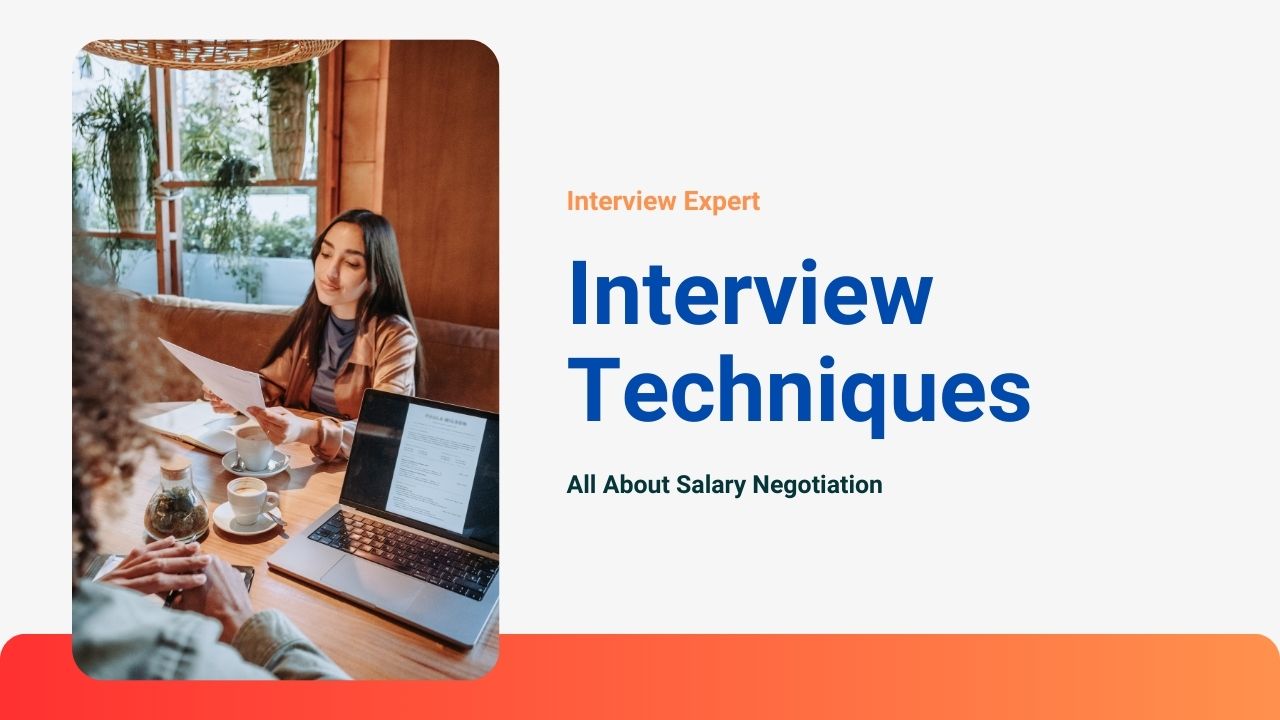Virtual Reality Job Interviews
This blog delves into the burgeoning field of virtual reality (VR) and its application in the realm of job interviews. As technological advancements continue to reshape the landscape of recruitment and selection processes, VR has emerged as a promising tool for transforming traditional job interview methods. This blog explores the potential benefits, challenges, and implications of integrating virtual reality into the job interview process.
The job interview process is a critical component of talent acquisition, providing employers with a means to evaluate candidates beyond their resumes. Virtual reality presents a novel approach to conducting interviews, offering an immersive and interactive experience beyond the limitations of conventional methods.
The Advantages of Virtual Reality in Job Interviews:
Enhanced Candidate Assessment:
Virtual reality allows for creating realistic simulations that mirror actual job responsibilities. This enables employers to assess candidates in a more dynamic and authentic environment, providing valuable insights into their skills, problem-solving abilities, and interpersonal skills. This blog explores the paradigm shift in candidate assessment methodologies, focusing on the integration of virtual reality (VR) in interviews. By leveraging immersive technologies, organizations can go beyond traditional evaluation methods, providing a more comprehensive and authentic assessment of candidates. The blog examines the advantages, challenges, and future implications of enhanced candidate assessment in virtual reality interviews.
Traditional candidate assessment methods often fall short in capturing the multidimensional aspects of an individual’s skills and suitability for a role. Virtual reality interviews offer a unique platform for evaluating candidates in dynamic, job-relevant scenarios, providing a more accurate representation of their abilities.
The Advantages of Enhanced Candidate Assessment in Virtual Reality:
- Behavioral Competency Evaluation: VR allows for the creation of realistic scenarios that simulate actual job tasks. This enables evaluators to observe and assess candidates’ behavioral competencies, such as problem-solving, decision-making, and adaptability, in a controlled yet authentic environment.
- Soft Skills Evaluation: Virtual reality interviews provide a platform to assess candidates’ soft skills, including communication, teamwork, and interpersonal abilities. Immersive experiences can reveal nuanced aspects of a candidate’s personality and how well they collaborate in diverse settings.
- Technical Proficiency Assessment: For roles requiring technical expertise, VR simulations can replicate complex tasks, allowing evaluators to gauge a candidate’s technical proficiency and hands-on skills in a virtual environment closely mirroring real-world scenarios.
- Stress Testing and Resilience Assessment: Virtual reality interviews can intentionally introduce stressors to evaluate how candidates respond under pressure. This stress-testing approach provides insights into a candidate’s resilience, adaptability, and emotional intelligence.
Challenges and Considerations:
- Standardization of Assessments: Ensuring consistency in assessments across various VR scenarios and candidates is essential. Standardized evaluation criteria must be established to maintain fairness and reliability in the assessment process.
- Technology Accessibility: The requirement for VR hardware and software may pose accessibility challenges for both candidates and organizations. Efforts to address technology disparities and enhance accessibility are crucial for widespread adoption.
- Overcoming Simulation Scepticism: Some candidates may be skeptical about the relevance of virtual simulations to real-world job tasks. Clear communication about the purpose and validity of VR assessments is vital to mitigate candidate concerns.
Future Directions and Implications:
- Integration with AI and Big Data: The combination of VR with artificial intelligence (AI) and big data analytics holds the potential to provide deeper insights into candidate performance. Analyzing behavioral patterns and interactions within virtual scenarios can enhance the predictive power of assessments.
- Personalized Learning and Development: The data generated from VR assessments can inform personalized learning and development plans for candidates. Organizations can use these insights to tailor training programs, fostering continuous improvement and skill development.
- Ethical Considerations and Bias Mitigation: As with any assessment tool, ethical considerations are paramount. Continued efforts to identify and mitigate biases in virtual reality assessments are essential to ensure fair and equitable evaluations.
Conclusion:
Enhanced candidate assessment through virtual reality interviews represents a significant advancement in the field of talent acquisition. The ability to evaluate candidates in realistic job scenarios offers a more holistic understanding of their capabilities. While challenges exist, ongoing research, standardization efforts, and ethical considerations will contribute to the continued evolution and successful integration of virtual reality in candidate assessments. As technology advances, the intersection of virtual reality, artificial intelligence, and data analytics holds tremendous potential for revolutionizing how organizations identify and select top talent.
Top of Form
Bottom of Form
Improved Candidate Experience:
VR offers a unique and engaging interview experience, potentially reducing candidate anxiety and enhancing their overall impression of the organization. This positive candidate experience can contribute to a more favorable employer brand. This blog explores the transformative impact of virtual reality (VR) on the candidate experience during job interviews. As organizations strive to attract and retain top talent, incorporating VR into the interview process offers a unique opportunity to enhance engagement, reduce anxiety, and create a more immersive and positive experience for candidates. The blog examines the key components contributing to an improved candidate experience in virtual reality interviews and discusses the potential implications for the future of talent acquisition.
The traditional job interview process is often perceived as stressful and one-dimensional. Virtual reality introduces a dynamic element, revolutionizing the candidate experience by providing an immersive and interactive platform that goes beyond the constraints of conventional interviews.
Components of Improved Candidate Experience in Virtual Reality Interviews:
- Engagement and Immersion: Virtual reality offers a level of engagement unparalleled in traditional interviews. Candidates are transported into lifelike scenarios, fostering a sense of immersion that captures their attention and interest throughout the assessment process.
- Personalized and Realistic Job Previews: Virtual reality allows organizations to provide candidates with realistic previews of their potential work environments. This not only helps candidates visualize themselves in the role but also enables them to make more informed decisions about their fit within the organizational culture.
- Interactive Skills Demonstrations: Candidates can showcase their skills in real-time within the virtual environment. This interactive aspect not only allows candidates to demonstrate their abilities but also provides a more accurate representation of their competencies compared to traditional methods.
- Reduction of Interview Anxiety: Virtual reality has the potential to alleviate interview anxiety by creating a more comfortable and controlled setting. Candidates can feel more at ease in a virtual space, allowing them to perform to the best of their abilities without the stress associated with traditional interviews.
Challenges and Considerations:
- Accessibility and Comfort: Ensuring that candidates are comfortable with the use of VR technology is crucial. Organizations must provide clear instructions, support, and accommodations for candidates who may be unfamiliar or uncomfortable with virtual reality.
- Data Privacy and Security: As with any technology-driven process, safeguarding candidate data is paramount. Organizations must implement robust data privacy and security measures to protect sensitive information collected during virtual reality interviews.
- Technological Disparities: Addressing technological disparities, such as varying levels of access to VR equipment, is essential to promote inclusivity and ensure that all candidates have an equal opportunity to participate in virtual interviews.
Future Directions and Implications:
- Customization and Personalization: The future of virtual reality interviews lies in the ability to customize and personalize experiences based on individual candidate preferences and needs. Tailoring virtual assessments to align with specific roles and industries can further enhance the candidate experience.
- Integration with Augmented Reality (AR): The integration of augmented reality features in virtual interviews can add another layer of interactivity. AR elements can provide additional information, guidance, or context within the virtual environment, enriching the candidate experience.
- Continuous Feedback Loops: Virtual reality assessments can be enhanced by incorporating continuous feedback loops. Providing candidates with real-time feedback during or immediately after the virtual interview contributes to a more transparent and constructive experience.
Conclusion:
Virtual reality has the potential to revolutionize the candidate experience during job interviews, offering a more engaging, personalized, and immersive process. While challenges exist, ongoing efforts to address accessibility, privacy concerns, and technological disparities will contribute to the widespread adoption and success of virtual reality in talent acquisition. As organizations continue to prioritize candidate-centric approaches, virtual reality stands out as a promising tool for elevating the overall experience and shaping the future of recruitment.
Cost and Time Efficiency:
While the initial investment in VR technology may be significant, the long-term benefits include cost and time savings. Virtual interviews eliminate the need for travel, reducing expenses associated with in-person interviews and streamlining the hiring process. This blog investigates the transformative impact of virtual reality (VR) on the cost and time efficiency of job interviews. As organizations continually seek innovative solutions to streamline their recruitment processes, virtual reality emerges as a promising tool that not only reduces costs associated with traditional interviews but also expedites the hiring timeline. The blog explores the key components contributing to cost and time efficiency in virtual reality job interviews and discusses the implications for the future of talent acquisition.
Traditional job interviews often entail substantial time and financial investments, from scheduling logistics to travel expenses. Virtual reality introduces a paradigm shift, providing a cost-effective and time-efficient alternative that aligns with the dynamic needs of modern organizations.
Components of Cost and Time Efficiency in Virtual Reality Interviews:
- Elimination of Travel Costs: One of the most significant advantages of virtual reality interviews is the elimination of travel expenses. Candidates and hiring managers can participate in interviews from any location, reducing costs associated with transportation, accommodation, and related logistical arrangements.
- Global Accessibility and Reduced Time-to-Hire: Virtual reality transcends geographical constraints, allowing organizations to connect with candidates worldwide without the need for extensive travel. This not only broadens the talent pool but also significantly reduces the time-to-hire by expediting the interview and assessment process.
- Streamlined Scheduling: Virtual reality interviews offer greater flexibility in scheduling, accommodating candidates from different time zones without the need for extensive coordination. This streamlined scheduling enhances the efficiency of the hiring process by minimizing delays and optimizing interview timelines.
- Centralized Interview Logistics: Virtual reality enables the centralization of interview logistics, reducing the need for physical spaces and equipment associated with traditional interviews. This centralized approach contributes to overall cost savings and simplifies the management of interview processes.
Challenges and Considerations:
- Initial Investment and Technology Adoption: While virtual reality promises long-term cost savings, the initial investment in VR technology may be perceived as a barrier for some organizations. However, as technology becomes more accessible, the return on investment in terms of reduced travel costs and increased efficiency becomes increasingly evident.
- Candidate Comfort and Experience: Ensuring that candidates are comfortable with virtual reality technology is crucial for the success of virtual interviews. Organizations must consider the user experience and provide necessary support to address any potential concerns or technical difficulties.
- Data Security and Privacy: The virtual nature of interviews raises concerns about data security and privacy. Organizations must implement robust measures to safeguard candidate information and ensure compliance with data protection regulations.
Future Directions and Implications:
- Integration with Artificial Intelligence (AI): The integration of virtual reality with AI holds the potential to automate certain aspects of the interview process, further reducing the time and cost associated with candidate assessments. AI-driven insights can contribute to more informed hiring decisions.
- Continuous Technological Advancements: Ongoing advancements in virtual reality technology are likely to result in more cost-effective solutions. As hardware becomes more affordable and software becomes more sophisticated, the barriers to entry for organizations will continue to decrease.
- Hybrid Approaches: Hybrid approaches, combining virtual and in-person elements, may offer a balanced solution. Organizations can leverage virtual reality for initial screenings and assessments, reserving in-person interactions for final stages of the hiring process.
Conclusion:
The cost and time efficiency of virtual reality job interviews position this technology as a transformative force in talent acquisition. While challenges exist, the long-term benefits of reduced travel costs, streamlined processes, and global accessibility underscore the potential of virtual reality to revolutionize the way organizations approach recruitment. As technology continues to advance and organizations prioritize efficiency in talent acquisition, virtual reality stands out as a strategic tool for optimizing cost and time resources in the hiring process.
Challenges and Considerations:
- Technological Barriers: The adoption of VR in job interviews may be hindered by specialized hardware and software requirements. Ensuring that both employers and candidates have access to the necessary equipment is crucial for widespread implementation.
- Bias and Fairness: As with any technology, there is a risk of perpetuating bias in the hiring process. Developers must be mindful of creating inclusive and unbiased virtual environments to avoid reinforcing existing prejudices.
- Candidate Comfort: Some candidates may find virtual interviews unfamiliar or intimidating. It is essential to consider the comfort and preferences of all participants to ensure a fair and positive experience.
Future Directions and Implications:
- Integration with AI and Analytics: The integration of artificial intelligence and data analytics in virtual interviews holds the potential to provide deeper insights into candidate performance, allowing for more informed hiring decisions.
- Continuous Improvement and Innovation: Ongoing research and development are crucial to refining VR interview technologies. As the field evolves, continuous improvement will address existing challenges and unlock new possibilities for enhancing the hiring process.
- Ethical Considerations: Organizations must prioritize ethical considerations in the use of VR for job interviews. Transparency, consent, and data privacy are paramount to building trust with candidates and ensuring a fair and equitable process.
Conclusion:
Virtual reality’s integration into job interviews represents a transformative step in the evolution of recruitment processes. While challenges exist, the potential benefits in terms of candidate assessment, accessibility, and efficiency make VR a promising tool for the future of talent acquisition. As technology continues to advance, ongoing research and ethical considerations will be essential to harness the full potential of virtual reality in the realm of job interviews.
Top of Form
Bottom of Form








